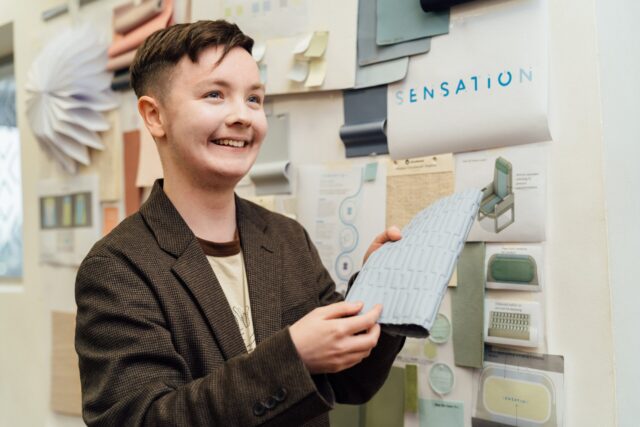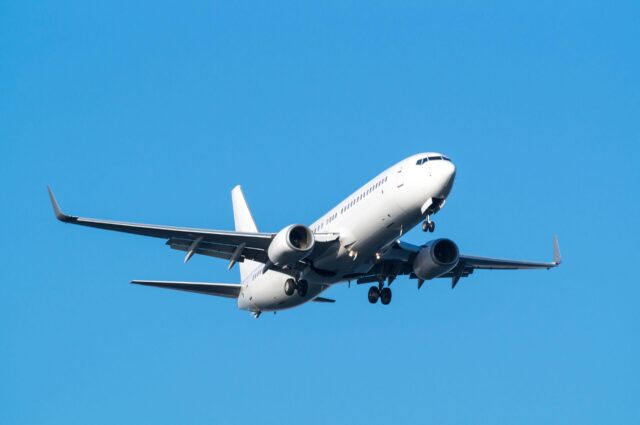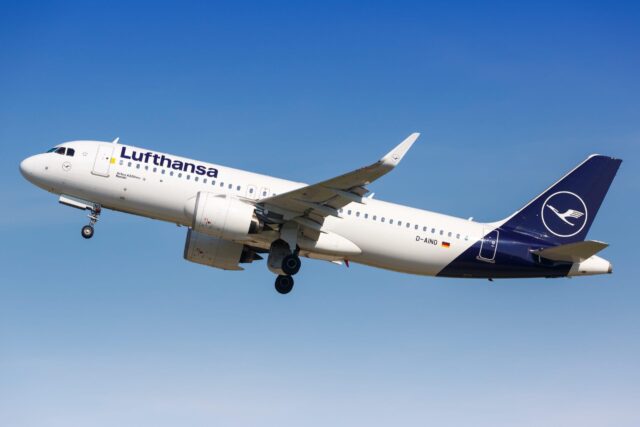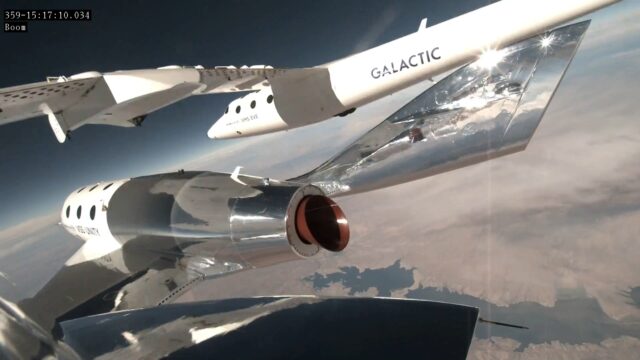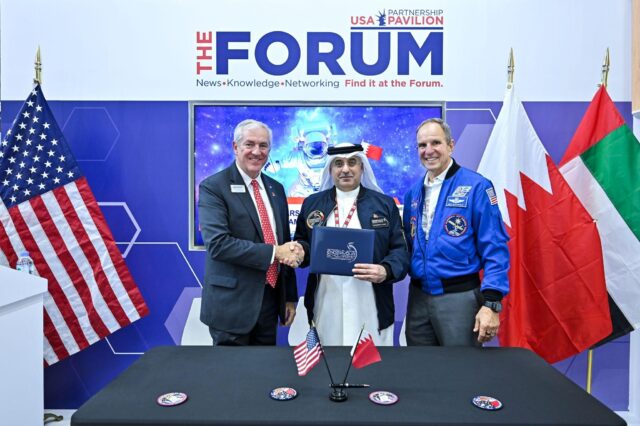Heart Experimental 1 to make first flight in 2025

Swedish hybrid-electric aircraft developer Heart Aerospace has unveiled first full-scale demonstrator, projected to make its first fully-electric flight in the second quarter of 2025; a precursor to the company’s ES-30 hybrid-electric regional aircraft .
Built almost entirely in-house at Heart’s Gothenburg, Sweden facilities, the 32m wingspan Heart Experimental 1 (Heart X1) demonstrator aircraft “reflects the company’s strategy to simultaneously develop both the design and production processes,” explains Heart. Upcoming hardware testing (both on and off the HX-1) will inform subsequent ground-based testing (including charging, taxiing and turnaround elements) before a first flight next year.
“It is a testament to the ingenuity and dedication of our team that we’re able to roll out a 30-seat aircraft demonstrator with a brand-new propulsion system, largely inhouse, in less than two years,” explained Heart Aerospace co-founder and CEO Anders Forslund. The company expects type certification of its final product by the end of the decade.
A pre-production prototype of the regional concept, the HX-2, will further mature the company’s design and production methods; with this second prototype to demonstrate the company’s independent hybrid propulsion system with a hybrid-electric flight in 2026.

Heart has also filed EU design and patent applications for a new engine nacelle integration design to be integrated on the HX-2, to be manufactured inhouse. This proprietary solution (focused on a nacelle centered on the wing rather than beneath it) minimizes aerodynamic interference and improves lift generation; significantly improving the ES-30’s flight characteristics and allowing it to operate on shorter runways.
“Our research on propulsion integration centered on the wing has led to a concept that significantly outperforms conventional designs,” explained senior aerodynamics and thermodynamics engineer Alain Cuenca. “Innovations like this are key to making electric aviation a reality”.
Development of the X1 has been funded in parts by grants provided by the Swedish Innovation Agency, Vinnova, with Swedish manufacturer Saab also contributing $5 million of early investment. However, in May 2024, Heart announced it would be moving its R&D focus to a new Los Angeles-based hub, a location its first demonstrator will be relocated to. In August, Heart was selected for a $4.1 million Federal Aviation Administration (FAA) grant to further its hybrid-electric propulsion system.








